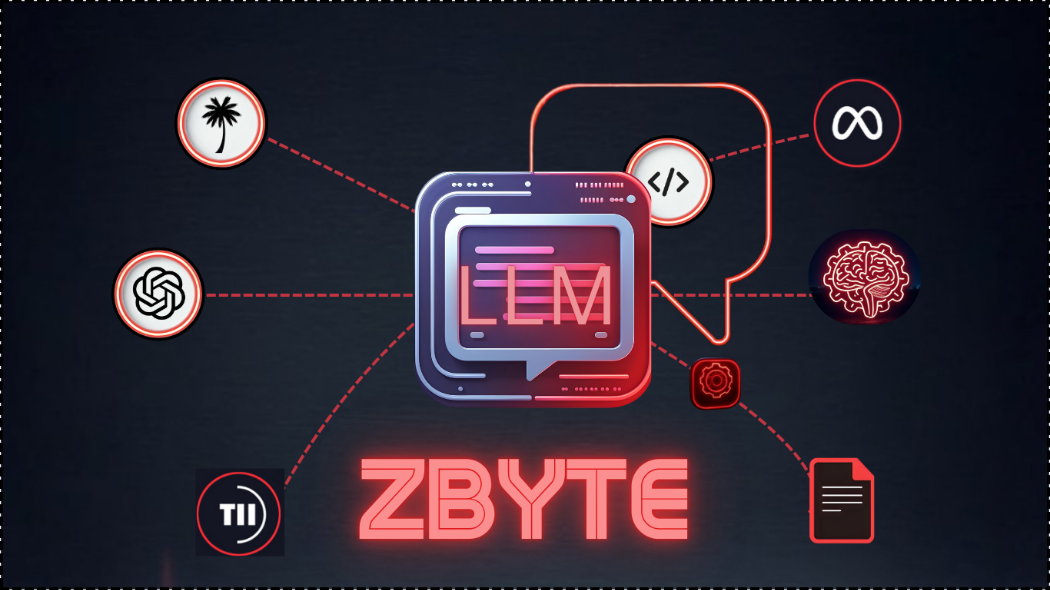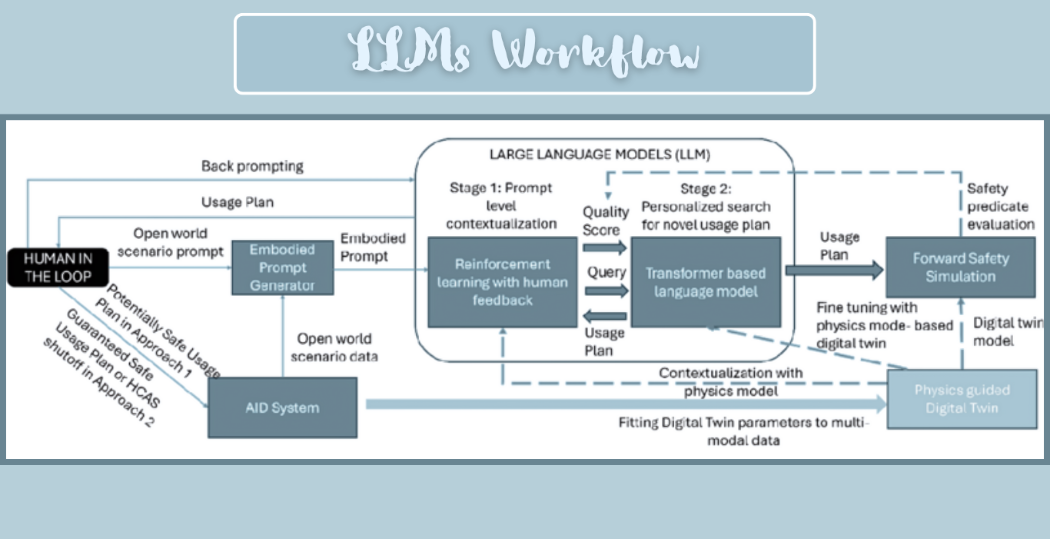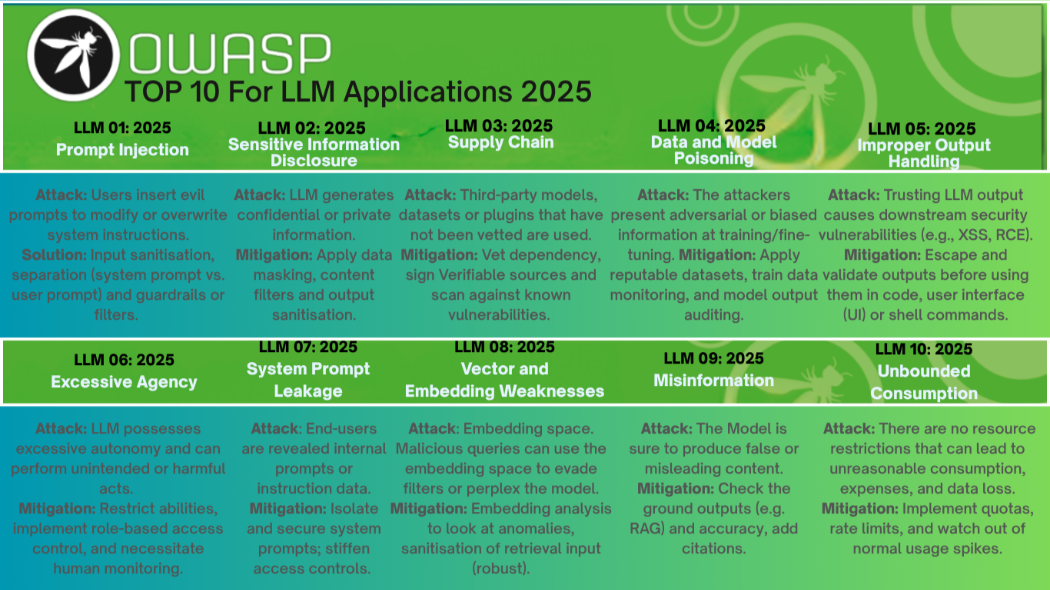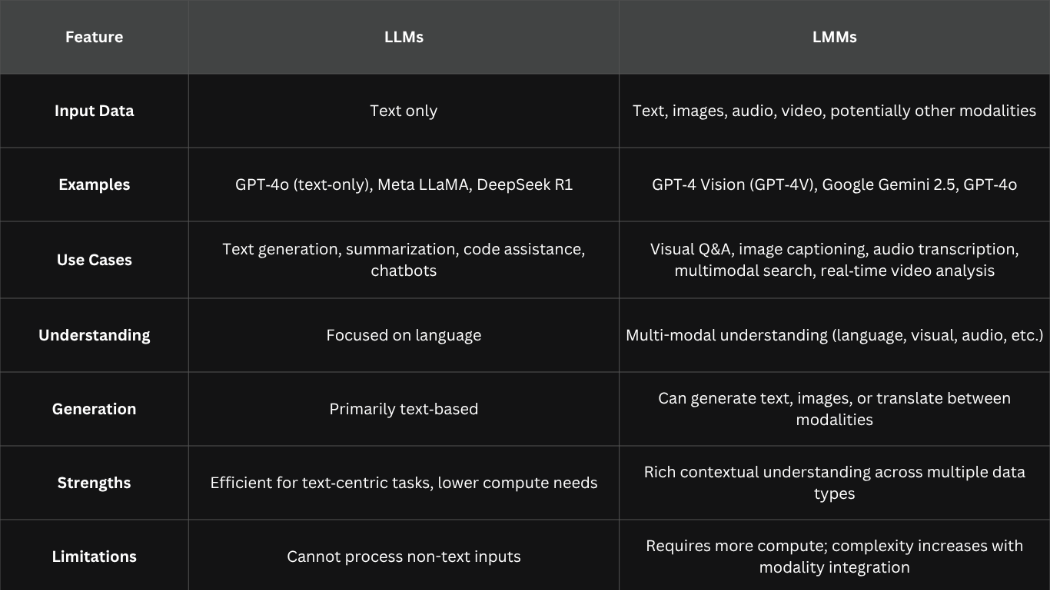Mastering LLM App Development for AI Automation 2025
Explore 2025's LLM app development: different tools, patterns, secure AI practices, and a concise LLM vs. LMM feature comparison.

We have already heard about Artificial Intelligence. Generative AI is experiencing rapid changes these days. AI will help advancements in the tech field. They are advancing from producing simple content to becoming useful chatbots. Now, these latest ones demonstrate how the analysis and different interfaces are similar to those found in Large Multimodal Models (LMMs). The primary purpose of enable the development of quick search results with matching queries and to offer code that developers can use easily.
This information will teach you the basics of developing new LLM apps. It helps in understanding issues related to security and ethics.
Role of LLMs in Automation
LLMs are assisted by AI and fed with a lot of data to learn and write human-like language in only a short time. Their main goal in 2025 was to grow their abilities and bring great value to users in different fields.
- Autonomy: Design machines that can carry out tasks that people can’t do.
- Real-Time Reasoning: Thanks to this function, decisions are made with current data and using problem-solving methods to add value.
- Multimodality: It takes less time for the computer to handle and produce text, audio, video, and images.
- Domain Specialisation: The LLMs are capable of creating custom models for healthcare and finance.
Build LLM Applications:
1. Goal Setting
You need to determine the main purpose of your LLM app development at the beginning. It may be a customer support service, point-of-care testing (POCT), making content, reviewing finances, or another type of work.
2. Eliminating a Model
Select from the top technology models that are available now.
Models | No Charges | Paid Tier | Developer Mode | Overview |
7.5 | 9.0 | 8.5 | Text, images, and it is focused on LMMs. Recently, they released this model in 2025. | |
8.0 | 9.2 | 8.8 | In the year 2025, the website was updated and made front-end accessible. | |
7.0 | 8.8 | 8.0 | Excels in reasoning/multimodal tasks. | |
6.5 | 9.0 | 8.2 | After you reach the limit with GPT-4o, you can use “GPT-4.1 Mini” for free. Paid: Enhanced version with fewer mistakes. Developer: Through the use of the API. | |
8.5 | 9.5 | 9.0 | Fastest, multimodal, and which tier you want to use (free/paid). |
Suggestion for Devs:
- GPT-4o (OpenAI) – It is recommended for people who use API keys and want to make developer documentation.
- Gemini 2.5 Pro – With it, you get to use Google Cloud services more easily.
- DeepSeek R1-0528 – Make sure the API grows quickly, mainly supporting China.
3. Data Preparation
Ensure that your data is understandable, well-structured, and linked to the topic you picked. Whenever possible, use Parameter-Efficient Fine-Tuning (PEFT) with the specified domain data to boost your app’s performance.
4. System Integration/ Deployment
Get Continuous Integration and Continuous Deployment (CI/CD) leverage from smart tools like Hugging Face Transformers, FAISS and LangChain.
5. Performance Tracking
To cut back on mistakes, bias, and errors. You may rely on feedback loops, check the performance, and update the model often.
5-Step LLM App Development Workflow
Step | What Do You Need To Do | Real Example |
Define Purpose | Identify your need for an LLM (for example, a financial advisor bot) | Rogo developed an LLM tool for financial analysts to simplify their work with data. |
Choose a Model | Compare GPT‑4o, Gemini 2.5 Pro, etc. | Bud Financial settled on Gemini because of its ability to use different types of information. |
Prepare Data | Clean, structured + PEFT fine-tuning | Clean and organise the data and apply PEFT to improve the context matching. |
Build & Deploy | Use CI/CD with LangChain, LlamaIndex, and FAISS | LangChain and FAISS are used in the InfoBot app to do QA on documents through Streamlit. |
Monitor & Iterate | Leverage feedback loops and model updates | The agent assistant at Comcast improved its results by incorporating feedback from its users. |

LLM Patterns and Live Codes in 2025
- Retrieval-Augmented Generation (RAG) System
Once you use this integration, you may improve the responses by helping the AI understand better. This enables the development of GPT-4, an application that meets the user’s needs.
LLMs in Multimodal Models
Most people use Gemini 2.5 Pro and DeepSeek Janus-Pro for multimodal LLMs. They are both concentrated on dealing with text, images, and doing detailed searches.
Self-Governing AI Agents
LLMs can work as agents. They are meant to shorten complicated tasks and use the tools as required, all in a matter of seconds.
Specialised LLMs
As a result, you obtain a reliable custom model for specific areas of work. It decreases the number of errors you may make in your line of work. Be sure to check what you get from free LLMs, because they may make mistakes.
Incorporation of Model–Context–Protocol (MCP)
It is possible to streamline your processes by using systems that are linked to APIs and databases.
LLMs using Vibe Code
You can use Vibe Code to begin your career in app development. It’s the most convenient place you can use in terms of time.
Integration Tools in LLM Apps
- LlamaIndex:
It helps you link your data with the LLM. It enables them to obtain and use outside information in a smart way for their actions. - LangChain:
With this, you can develop applications with the help of LLMs. It works together with prompts, tools, and memories. - FAISS(Facebook AI Similarity Search):
It gives you efficient and valuable results. Reaching accurate responses in RAG systems requires you to gather proper data for the user. - Hugging Face Transformers:
It makes it possible to use thousands of models that have been trained for Natural Language Processing (NLP) and many other tasks.
Applications in Different Industries
- Use in Education:
AI creates unique lessons for students and also handles the task of grading assignments for teachers. It is almost used to provide quick feedback to every student. - Data Reviews of Finance:
AI takes care of all the steps in financial analysis to prepare reports and spot unusual events. - Healthcare Field:
AI scans doctors’ notes accurately and performs medical research faster to diagnose diseases. - Customer Helper:
AI chatbots handle routine questions and respond to customers instantly. It is also improving itself in speed and availability. - Legal Use:
AI is used for reading contracts to extract key clauses and flag potential risks. It supports legal research by summarising case law and gives suggestions in seconds.
For instance, Retool is one of the companies that uses AI agents. They are responsible for providing refunds to customers and giving performance evaluations. Because of this, certain jobs are no longer needed.
Security and Ethical Considerations
Since LLMs are being used more in applications, it is very important to make sure they are safe and ethical.
- Use clean and unbiased datasets; encrypt and validate data to prevent leaks.
- Regularly use security patches to improve your models.
- Ensure that access to the system is controlled with solid authentication and authorisation methods.
- It is necessary to audit standardly and test models to identify and tackle risks.
- Be honest, unbiased, and ensure users’ privacy in all the applications you use.
To address the most frequent security problems in LLM apps, follow the Open Worldwide Application Security Project (OWASP) Top 10 guidelines.

Key Takeaway:
While LLMs are good at working with and making text. LMMs go further by combining and making sense of various data types like images, audio, and video. Because of this approach, AI can interpret images or analyse sound. These are the tasks that traditional LLMs are unable to do.
Example:
GPT-4o works much like a classical LLM, being skilled at dealing with text and is a multimodal LLM. Alternatively, GPT-4 Vision (GPT-4V) and Google Gemini belong to the LMM class, which means they can process and blend several data types for use in image analysis and producing content with different modalities.
LLMs vs. LMMs: A Quick Comparison

Note:
Moving from LLMs to LMMs in AI has made it possible for applications to work well in different contexts and fields.
Final Verdict
It has never been easier or more advanced to apply for an LLM. Developers and businesses can get the most from AI automation. They’re using the newest models, powerful tools that are being them in different industries, sticking to security and ethical rules.
Start your first LLM project today using ZByte.
FAQ’s
What GPU is needed for LLM training?
Training large LLMs typically requires high-memory GPUs like NVIDIA A100 or H100. For smaller models or fine-tuning, GPUs such as RTX 4090 or A6000 may suffice.
What are the top AI tools for developers in 2025?
Leading tools include LangChain for building LLM applications, Hugging Face Transformers for accessing pre-trained models, FAISS for efficient vector searches, and LlamaIndex for context-augmented applications.
How do Retrieval-Augmented Generation (RAG) systems enhance LLM capabilities?
RAG systems improve LLM responses by integrating external knowledge bases, allowing models to access up-to-date information and provide more accurate answers.
What are the best practices for ensuring ethical AI deployment?
Implement data governance policies, use unbiased datasets, regularly update models with security patches, and ensure transparency in AI decision-making processes.
How can LLMs be integrated into existing business workflows?
LLMs can be incorporated into customer service platforms for automated responses, content creation tools for generating marketing materials, and data analysis systems for interpreting large datasets.
What are the emerging trends in LLM development for 2025?
Key trends include the rise of multimodal models that process text, images, and audio; increased focus on domain-specific LLMs; and advancements in real-time data processing capabilities.